CEO Marcella Wartenbergh of Spain’s All We Wear Group on Company Culture, Heritage Brands and More

LONDON — For Marcella Wartenbergh, chief executive officer of All We Wear Group — which owns Hackett, Pepe Jeans London, and Façonnable — culture is just as important as clothing in any fashion business.
The Spanish executive spent much of her career at PVH Corp., and has worked with industry figures including Tommy Hilfiger, Karl Lagerfeld and Raf Simons building the group’s brands, and helping to translate the designers’ creative messages to audiences across the globe.
More from WWD
Will There Ever Be Another Centralized New York Fashion Week?
Zendaya, Stray Kids and Anna Wintour Drove Social Media Buzz During Monday's Met Gala
Before becoming CEO of the privately owned AWWG in 2019, she zigzagged across the Atlantic, serving as chief merchandising officer and global head of licensing and international markets at Calvin Klein; president of PVH Europe, and country manager of PVH Mexico, learning to speak an international language of merchandising, marketing and distribution.
At AWWG, which is also the licensed distributor for Tommy Hilfiger and Calvin Klein in Spain and Portugal, Wartenbergh oversees more than 4,500 employees across 60 countries. The three brands sell through more than 500 stand-alone stores, including a recent Hackett unit at 69 New Bond Street in London, and 5,000 points of sale worldwide.
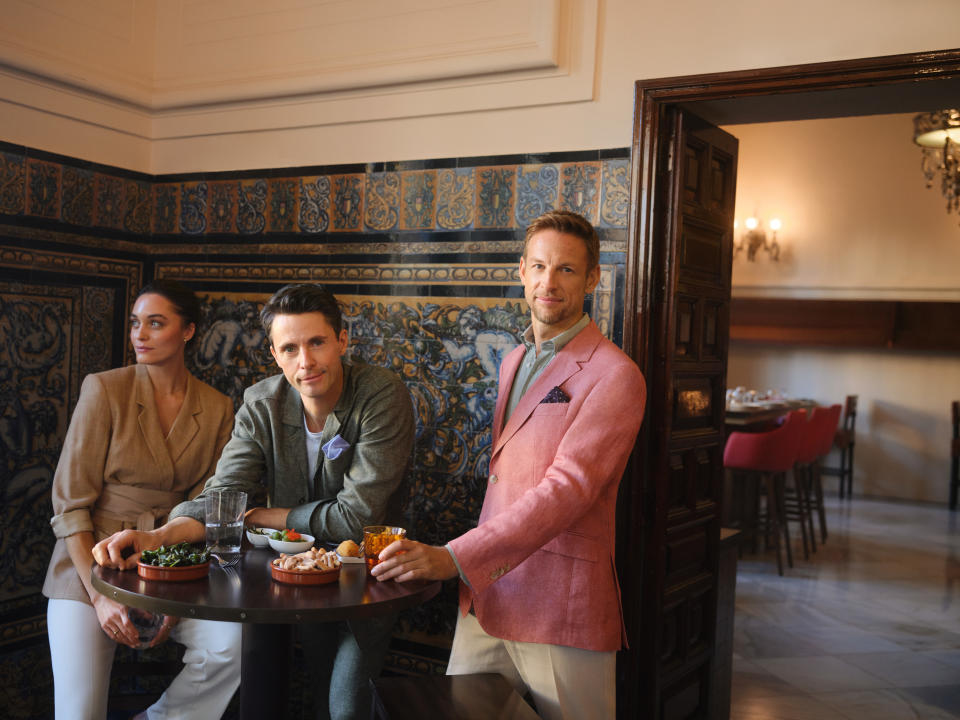
In fiscal 2023-24, turnover was more than 600 million euros and EBITDA, or earnings before interest, taxes, depreciation, and amortization was approximately 70 million euros. The retail value of the two premium men’s brands Hackett and Façonnable, and denim brand Pepe, is in excess of 1 billion euros, according to Wartenbergh.
She believes that growth happens through a can-do attitude, open conversation and breaking down the silos between brands while still respecting their history and integrity. Here, Wartenburgh talks about building a company culture, managing heritage brands, and making space for AWWG’s fashion in an overcrowded clothing market.
WWD: What made you take the CEO role?
Marcella Wartenbergh: Since I was a little kid I always wanted to lead a company, to lead people on change. My father was an automotive CEO, and I wanted to be like him and direct something — like an orchestra conductor. In a company, everything is connected. We often think of the fashion industry as just designers. People forget there are finance, HR, merchandising and marketing teams — and a brand is built on all of them.
There was also the opportunity to build on the brands’ history, and heritage. The company needed a cultural change and the brands themselves were ready for transformation. They needed to be re-energized. Sometimes, even if brands have a strong heritage, they can start to get dusty and I was excited about the opportunity to refresh them.
WWD: How did you start reviving the company and the brands?
M.W.: The brands all have a history and we needed to respect the DNA and codes. It was not about making a revolution. They needed to evolve as the consumer evolves and there was also the ambition of making them profitable. I needed to mix the art of fashion with the science of making them profitable. The brands also needed to talk to each other. There was not one group culture or identity, even though they all have the same owner.
WWD: How did you get them talking?
M.W.: It was about breaking the silos, and creating moments and touch points so that people could collaborate, brainstorm and share information. We centralized a lot of back-office functions. But we also centralized certain other areas like retail, marketing and merchandising.
We did not touch design or product development. And we would never ask a designer to work on two brands at once because then you lose the defining DNA. Façonnable has the essence of the South of France; even the navy blue color it uses is different from the Hackett one. It’s more reddish than the English blues.
We also created these inner circles that allowed people from the different brands to talk to each other about what is and isn’t working. It’s my role to make sure they continue to connect. Sometimes I make the connection over email. I ask: “Hey, can you help? Someone from this brand is looking for a factory in Turkey.”
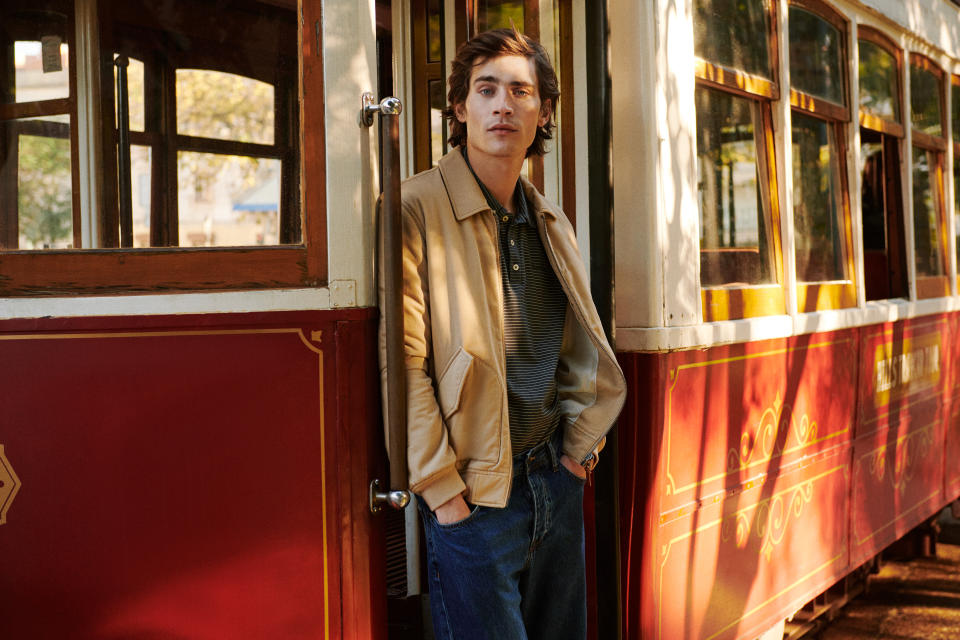
WWD: How did you bring your experience at PVH to bear on your current role?
M.W.: I spent 15 years at Tommy Hilfiger in Europe — I started my fashion career there entering data purchase orders. I saw that business transform from a license into an owned company [PVH bought the business in 2010 from Apax Partners]. It started as a very small team, and then I saw it all grow under Fred [Gehring, former chairman of Tommy Hilfiger] and Daniel [Grieder, former CEO of Tommy Hilfiger].
I remember, in the beginning, all of the leftover Tommy Hilfiger product from the U.S. was coming to the U.K. Europe was a dumping ground for product, and the brand image had totally deteriorated despite Tommy being such a great leader. But I was there to work with Tommy, and Fred, Daniel and Avery [Baker, former president and chief brand officer at Tommy Hilfiger] to reposition the business.
I have been surrounded all my life with people who believe in brands and business. I have had great peers who have helped me become who I am today. I think the schooling I had over 20 years with Tommy, PVH, Calvin Klein really gave me the tools to be able to succeed.
WWD: What did you learn working with designers such as Hilfiger, Lagerfeld and Simons?
M.W.: Tommy was a great mentor on product, and brand. He had a very clear vision of what he wanted to do. Working with Karl was amazing and another great education for me because I was able to work on a a smaller scale than in the past and because he and the company were so strong in terms of marketing, and the relationship with the consumer. Raf was driving the general concept at Calvin Klein and I needed to make sure that there was a connection to the commercial side. At the time, I was like an ambassador between the U.S. and Europe, making sure the strategies were aligned and also fighting specifically for what Europe needed.
WWD: What are some of the challenges you’ve faced in building a global business at AWWG?
M.W.: The consumer is very different in Europe compared with America, Asia and Latin America, and that’s one of the important things you need to accept when you build a global brand. The U.S. has one country, one language, one currency. In Europe, you have many currencies and at least 10 languages. A certain slogan may work in France and Spain, but not in Germany. You need to be more flexible and adaptable.
WWD: Having worked with an industry behemoth like PVH, was it a shock to return to a small company?
M.W.: The standards are the same, the essence of the industry is the same, but I think working in a small company makes you more agile. You need to be more focused because you want the best return on investment. You really need to be strategically thinking all the time. I think one of the important things that I did was open a headquarters in Madrid. For Hackett, the design and development teams sit in London, for Façonnable, they are in Nice, where the brand was born and is based. Pepe Jeans was born in London, but it has not been based there for years and has more of a global image, so it’s based here at the headquarters in Madrid.
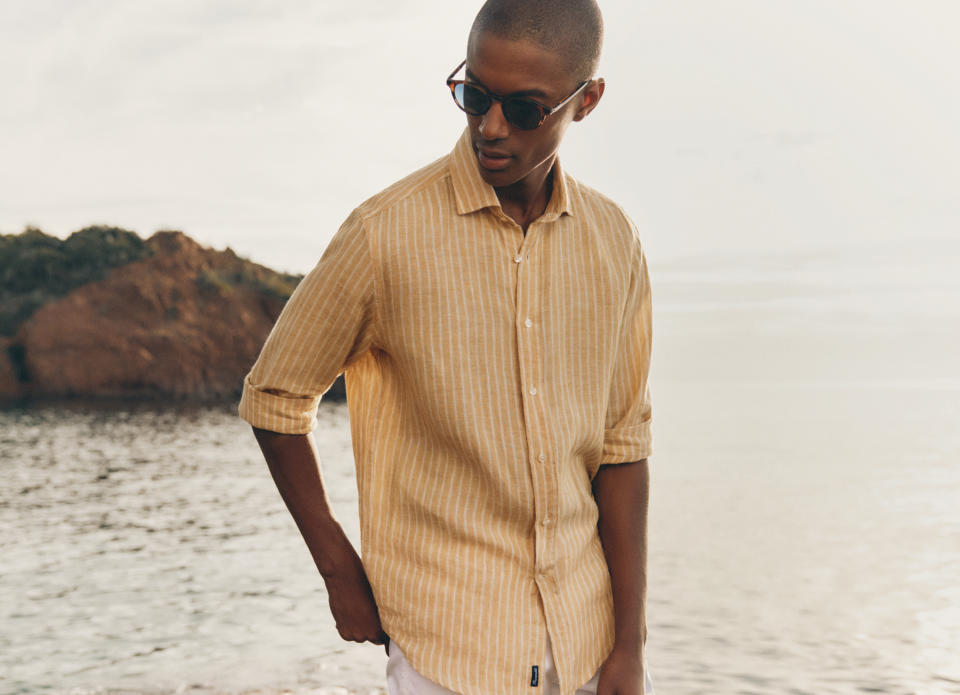
WWD: The brands have different origins and market positions. How do you develop a strategy that allows all three to evolve, and compete in an overcrowded market?
M.W.: Strategic distribution is the key to success. You have to be clear about how you are going to position every product category, every label sub-label. We also do a close read of our consumer data. Those insights are key for us to decide the strategy for each brand. I’m a strong believer that Façonnable and Hackett should play more in the premium area. Not luxury, but premium. Experience, events, personalization are key. People still want to have the experience of going into a brick-and-mortar store.
For the late Millennial, Gen X, or Baby Boomer consumer, there is still a culture for in-store shopping and a desire to invest in products. We want to give the best price value proposition. Not the cheapest price but the best price. And that applies to service in the stores, too.
With Hackett and Façonnable, it’s about fabric, quality, craftsmanship, service, and a partnership with the customer. We take our customer service very seriously. If we get a complaint from either of those two brands, we go all the way to understanding why something went wrong. In the stores, we offer bottles of water, and often do special events, offering hot chocolate or even wine. People expect that. In other cases, we’re solving their problems, and offering advice.
WWD: Where does Pepe fit in?
M.W.: Pepe Jeans is speaking to a different customer. I always say our denim goes beyond denim. It’s about fabric innovation and sustainability: 98 percent of jeans are sustainable. We are working with technologies aimed at reducing water consumption; we use ozone fading [a technique that requires less water than traditional methods] for the denim. Our brand campaigns are also about education, and we try to explain why acquiring a piece of Pepe makes you feel different. We started with the Brooklyn Beckham campaign [In 2021 Beckham shot and appeared in a campaign for Pepe to highlight the brand’s efforts in water conservation]. Sometimes you need to tell the customer, “Hey, we’re changing. We are evolving.”
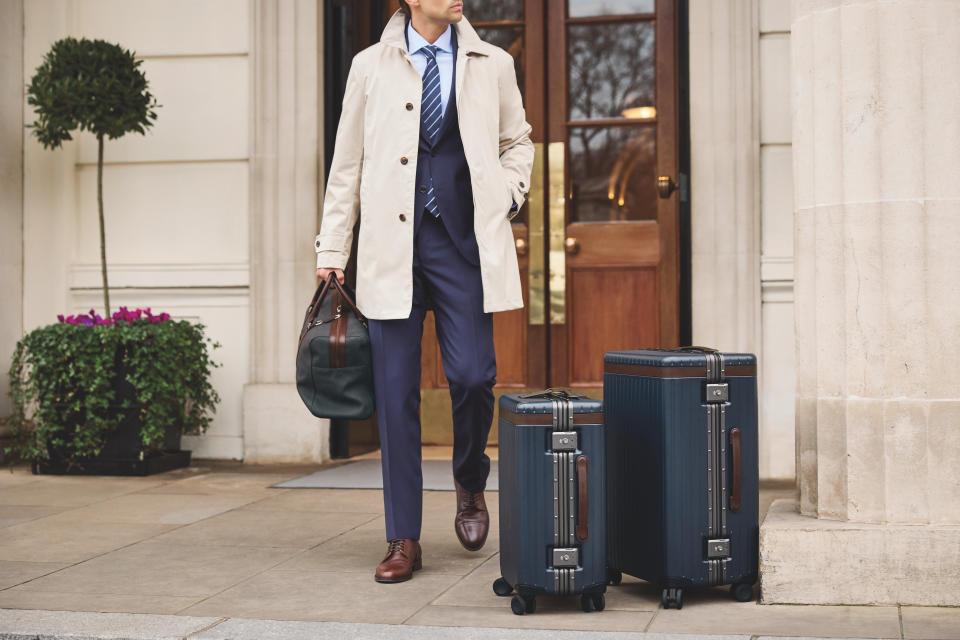
WWD: How are you approaching sustainability overall at the company?
M.W.: We see it as an investment rather than a cost, and our strategy has been to focus on the big volume makers. Usually, when companies want to make a sustainable product, they will choose one with low quantities, because it costs less. But if you make a partnership with a fabric supplier and say, “Look, we’ll buy 50,000 pieces of this more sustainable product. Let’s compromise. We all have sustainability commitments. Let’s develop this together…”
Our sustainability strategy is focused on product, people, places and partners. And with those four words in mind, we want to make sure that we are reducing CO2 emissions. With our e-commerce, we are now shipping directly from stores to reduce transportation miles and emissions. We ask our customers to return orders directly to [physical] stores because e-commerce is one of the biggest sources of CO2 emissions. It’s the same with packaging. We need to start educating consumers that having so many paper labels in a product is not good, even if they’re made from recycled paper.
Sustainability is everyone’s responsibility and we need to do it because we believe it is the right thing. And do it for the long term. I want to look at how we fix our denim, merino wool and cotton [sourcing and manufacturing]. The question is how we make the big volume merchandise better rather than focusing on a sustainable collection of 300 jackets.
WWD: What can we expect to see from the AWWG brands in 2024?
M.W.: Evolution and expansion. You’ll continue to see a strong, strong evolution at Pepe from a product and consumer point of view. And expansion at Hackett and Façonnable. We’ll be protecting our premium products, our brands’ identity.
WWD: Who are your mentors?
M.W.: Everyone who surrounds me. You’d be surprised how many things I learn every day. You walk into a room, and people think, “She’s the CEO. She knows it all.” When I get home in the evening, I always ask myself the same questions: “What did I learn today?” “What did I give?” or “How did I transcend today as a human being, and as a leader?” The next generations are really my mentors, too. They are the ones who are keeping me sharp, on everything from AI to sustainability, finance and social media.
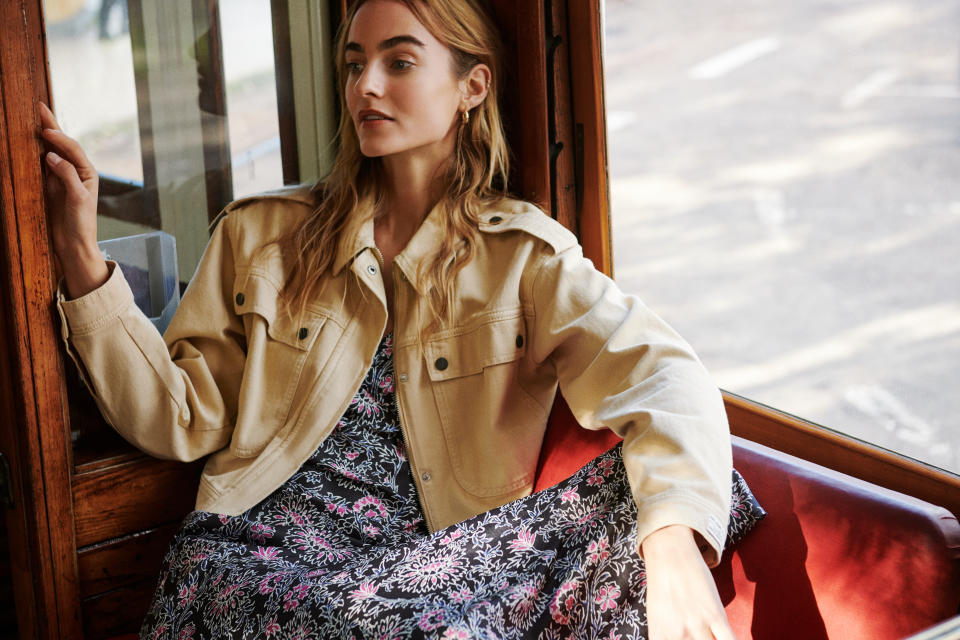
WWD: Tell me about your monthly coffee mornings with employees.
M.W.: I call it “a coffee with Marcella.” It’s around 25 to 35 people from across the organization, and it doesn’t matter which team or which role. I do it in Madrid, in the Barcelona office [where the logistics and finance team are located] and in London, too. I always say it’s like being in Starbucks or in a bar, and meeting with friends that you haven’t seen for a long time. And you can ask anything. We have great fun and great conversations. There’s coffee and cookies. They ask me about my career, the challenges I’ve faced, and about the business. It’s a way to get close to the people, and a way for the staff to get to know each other, too.
WWD: What do you do in your spare time?
M.W.: I work seven days a week, and I work all day. I love it. My husband will always say that Marcella without work is not Marcella. He knows it’s my adrenaline. I like to work, to brainstorm, to think. When I’m not working, I love cooking. That is where I bring all my creativity. I don’t like to follow recipes. I do my own. It can go from a simple meal to really elaborate things. I’m not scared to invite 20 people and cook for them. I also grow vegetables — tomatoes, courgettes, pumpkin, peppers and herbs. I love it, and when I garden I can put on my old pants, a sweatshirt, and my tennis shoes. It’s a moment when I don’t need to be a part of the fashion industry.
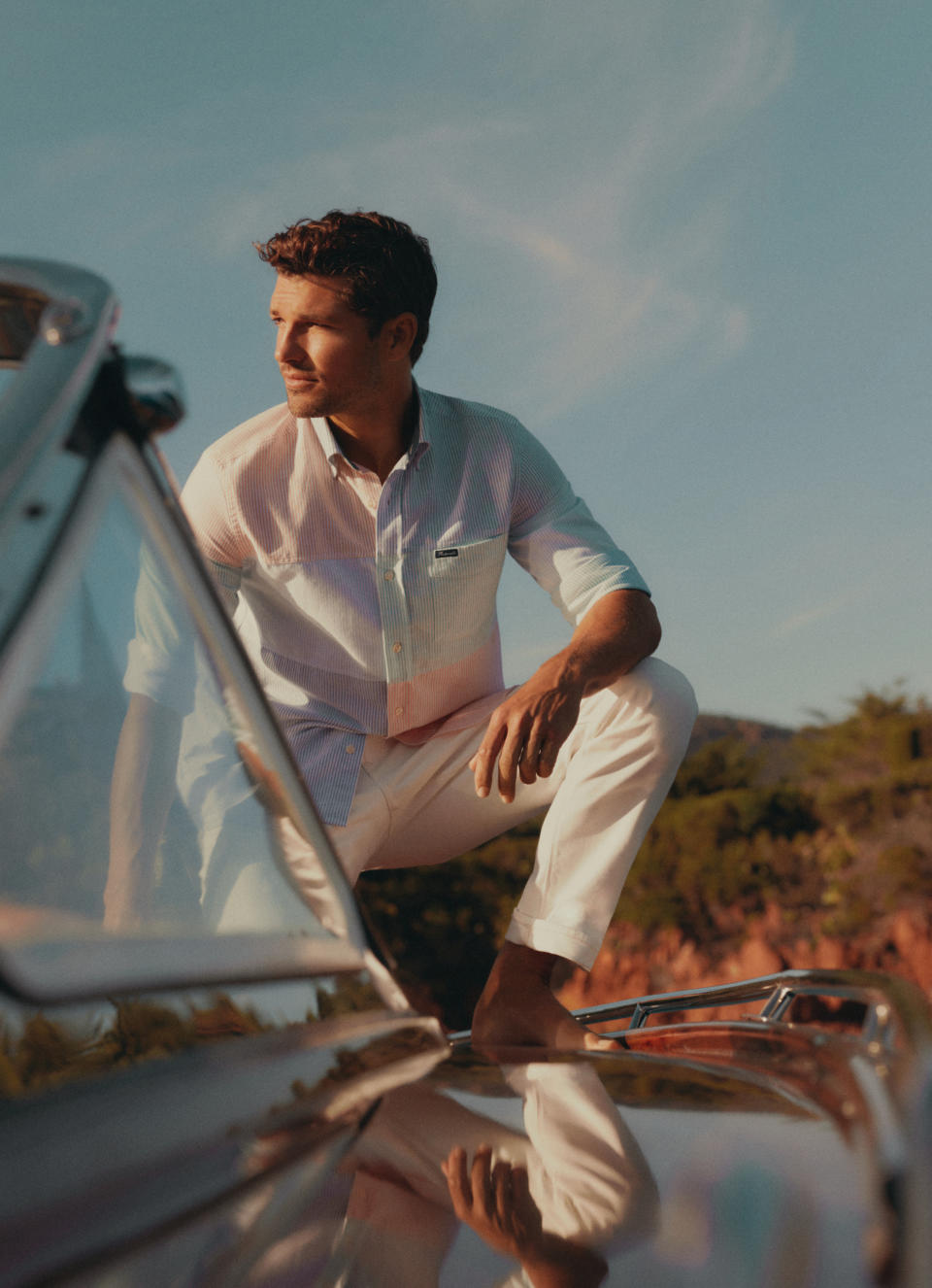
Best of WWD

 Yahoo Finance
Yahoo Finance 